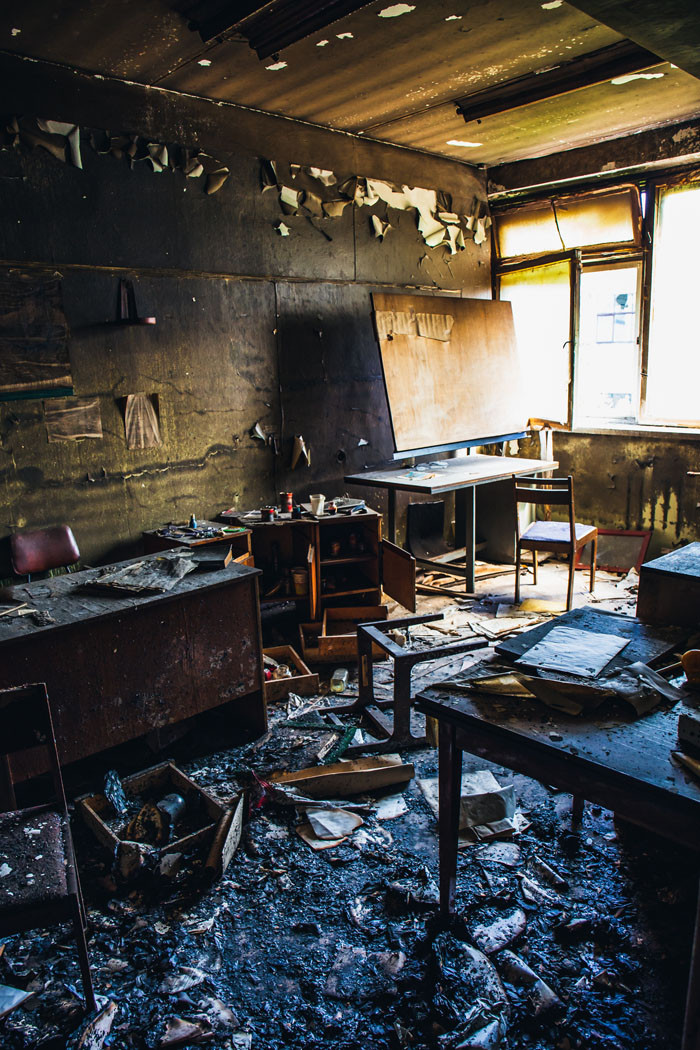After the Fire: A Recovery Guide – Smoke, Soot and Ash

Many people don’t realize that you your house or business doesn’t need to be burned to suffer damage in a fire. During a wildland fire, smoke, soot, ash and fire retardant chemicals are spread through the fire zone. Some of the damage, char, soot and ash for the most part, you can see. Some is invisible.
If your property is in a contamination zone, your homeowner insurance will likely provide coverage for smoke, soot and ash damage. Only, there is a catch.
During the past ten years or so, insurance carriers have been tweaking their policy forms to cut their exposure to smoke, soot and ash damage. They’ve done that in two ways.
First, some fire policies now have a forty-five (45) day limit on when an insured can report smoke, soot or ash damage. Other policies are a bit more generous, allowing ninety (90) days.
In other words, if you suspect you have a wildland fire insurance claim, you shouldn’t dally. Check your policy, call your agent or talk to someone who is knowledgeable about the field.
Second, many policies now have a specified limit on the amount the carrier will pay for smoke, soot or ash cleanup. We are hearing Mercury and CNA, for instance, offer a $4,500 limit. Others offer $5,000. The limits may be enough to cleanup any contamination, or they may not, depending on the situation. Of course, your policy may not have a specified limit, which is why we always emphasize reading your policy form.
Not all smoke, soot and ash damage justifies making a claim. Insurance policies have deductibles and if the clean up costs are minor you may just want to take care of it yourself.
Extensive deposits of heavy soot and ash are a different matter. Here is where you will likely benefit from a professional cleaning service.
Cleanup generally involve a high efficiency particulate air vacuum cleaner (HEPA) to remove tiny soot particles from the air, furniture and everything else in the house, following by a good scrubbing with household cleaning products.
Chrome and porcelain bath fixture should be wiped to prevent etching and staining.
Naturally, any open foods that were directly exposed to smoke or ash should be tossed out for safety.
For the most part, outdoor fires involve organic materials that dissipate over time. Think of smoke from a campfire. Just like hanging your camp jacket in the garage for a week or so cures the smoky smell, a simple wash to fabrics and airing out your home may be all you need to get rid of any musty smells.
Where you should especially pay attention is when the smoke, soot and ash is from a fire where other structures burned. Houses have lots of plastics and metals that can be toxic once reduced to soot and ash. Some structures have asbestos that may spread in the wind once released by fire.
If you suspect your home was contaminated by smoke, soot and ash, you might consider consulting with a building restoration company that specializes in cleanup.
Share this resource
Schedule a free consultation
Find the answers and financial compensation you need to recover.